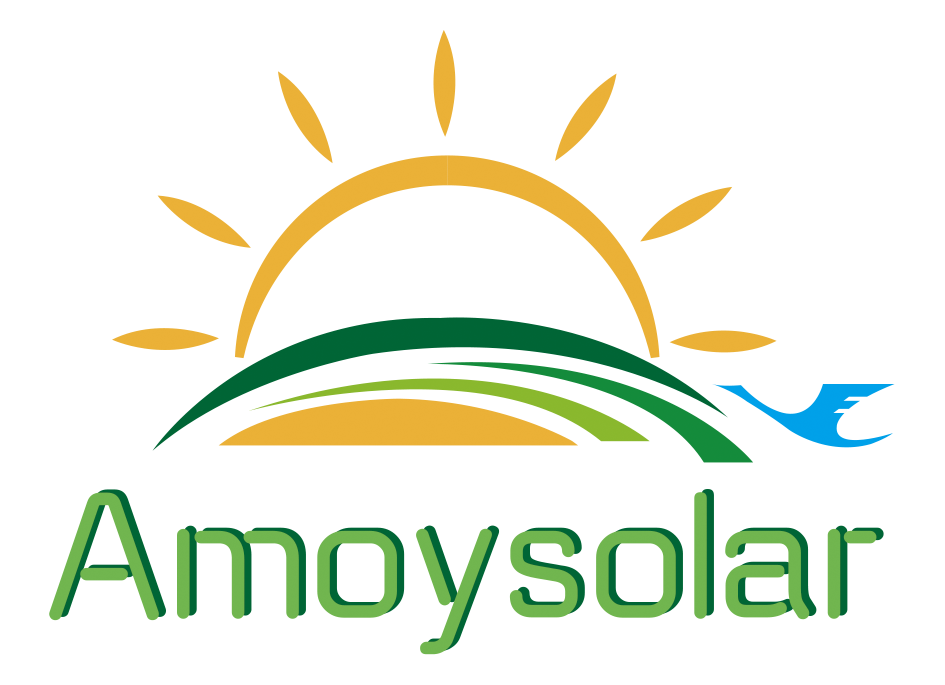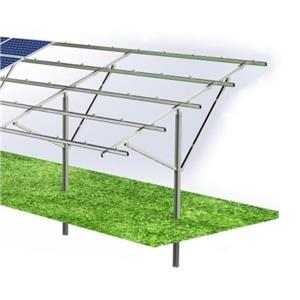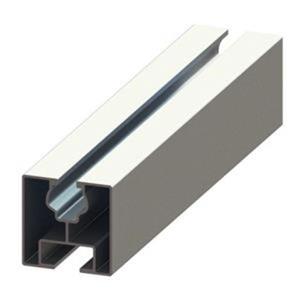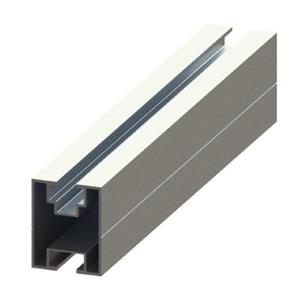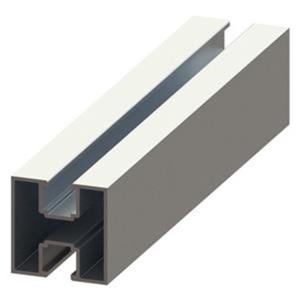Agrivoltaics offer more advantages in arid regions, new research finds
New research from France has compared the performance of agrivoltaics in Spain and the Netherlands and have concluded that the former – a dry region with high solar radiation levels – offer more technical advantages over the latter, which is characterized by abundant rainfall and lower solar radiation.
May 14, 2025 Emiliano Bellini
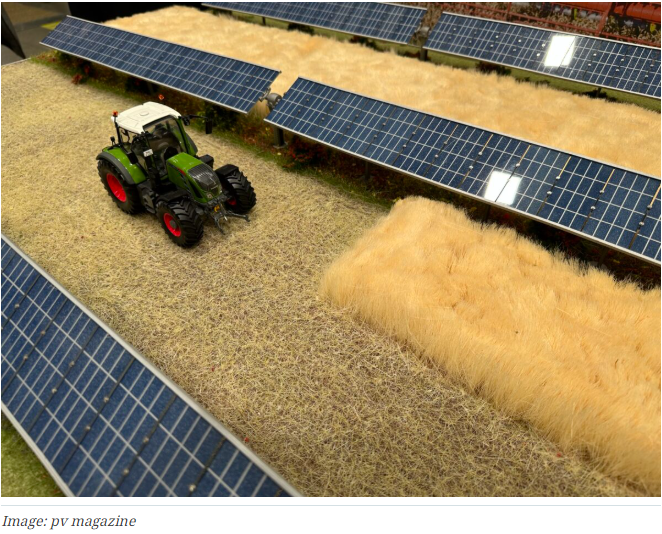
A group of researchers led by Sorbonne University in France has analyzed the performance of agrivoltaic systems across three different climates – dry, wet, and climatological – over the Iberian Peninsula and the Netherlands and has found that dry areas such as Spain offer more technical advantages compared to northern and central European regions characterized by abundant rainfall and lower solar radiation.
The scientists conducted a series of simulations of different agrivoltaic system configurations using the Organizing Carbon and Hydrology In Dynamic Ecosystems (ORCHIDEE) land surface model created by the Institut Pierre Simon Laplace. The model includes processes to quantify terrestrial water, carbon and energy balances and considers anthropogenic interferences such as land cover changes, fire, crop irrigation and forest/grassland management.
The analysis considered two different crop types and took into account values such as net primary production (NPP), water use efficiency (WUE), and PV power yield.
The two crop types were labeled C3 plants including wheat, rice, and soybeans, among others, and C4 plants comprising maize and sugarcane. The first type is common in areas with moderate temperatures and low light intensity, while the second type is more suitable for high temperatures and dry conditions.
“Our model requires atmospheric variables as inputs, each defined by a specific spatial resolution,” the academics explained, noting that the crop parametrization has intrinsic limitations, as the model uses generic field parameters. “the crop parametrization has intrinsic limitations. The model uses generic field parameters, which may not accurately capture the nuances of very local and specific sites.”

The analysis showed that, in Spain, the simulated agrivoltaic systems could achieve higher crop productivity, a more efficient phenological cycle and more efficient water and land use, with the shading produced by the solar panels creating a favorable microclimate for crops, especially during droughts or very dry years.
As for the agrivoltaic systems in the Netherlands, the analysis showed lower crop productivity, lower land equivalent ratio (LER) and lower WUE. “The primary benefit of AV systems in the Netherlands would lie in reducing competition for land use,” the scientists stressed. “In fact, producing renewable energy without displacing agricultural land is a crucial benefit in a densely populated and agriculturally intensive region like the Netherlands.”
“The trade-offs between energy production and agricultural productivity suggest that a uniform approach may not be suitable for AV deployment,” the research team affirmed. “Instead, region-specific strategies are essential to maximize the benefits of AV systems and address the unique challenges of each area.”
The new model is described in the study “Simulating generic agrivoltaic systems with ORCHIDEE: Model development and multi-case study insights,” which was recently published in Agricultural and Forest Meteorology.
